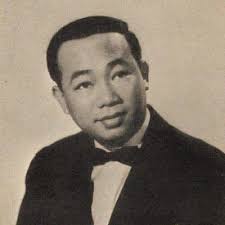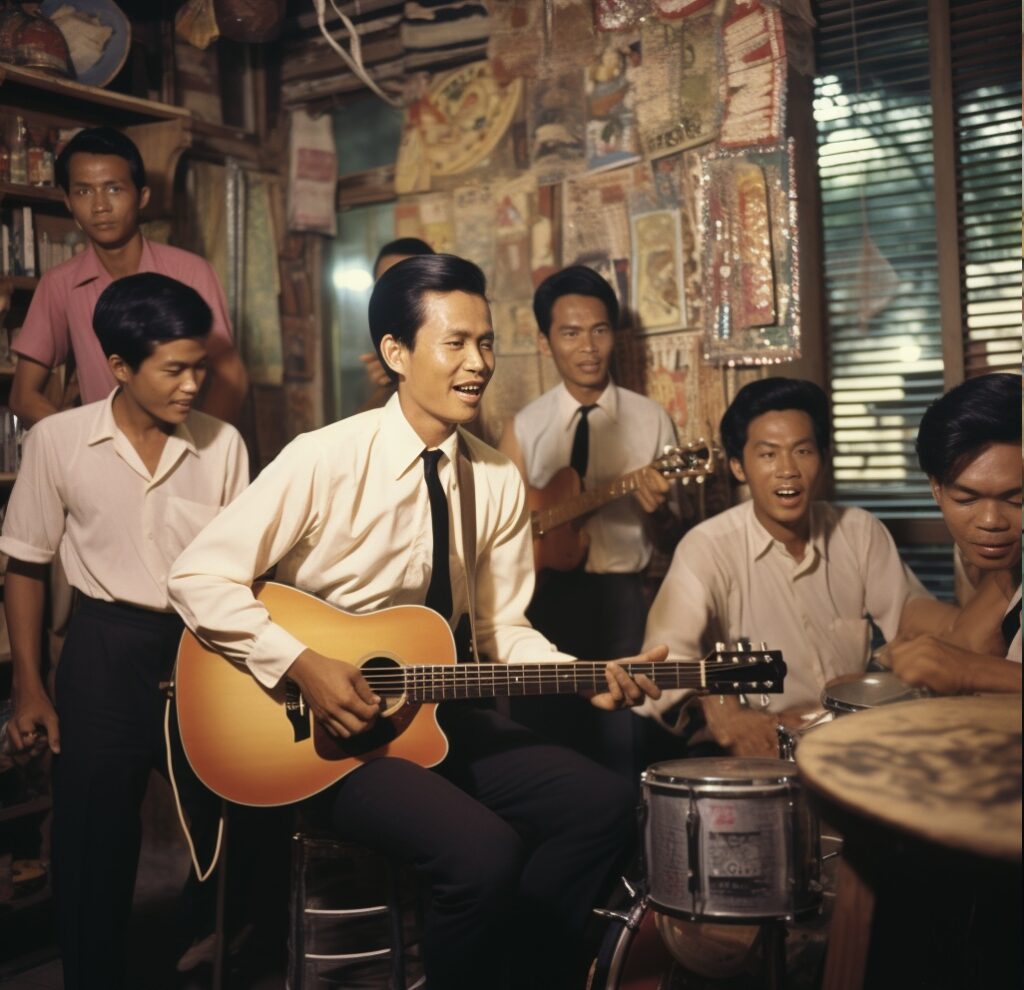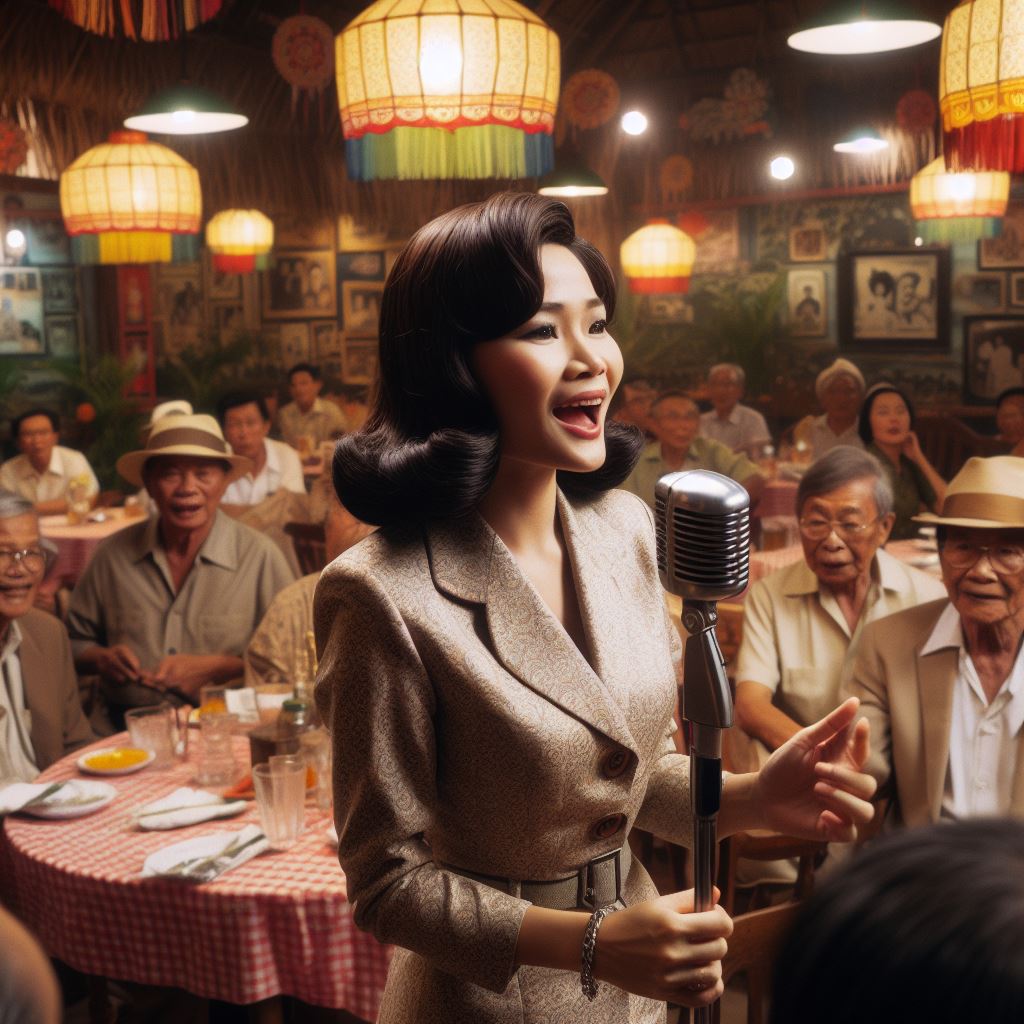In the vibrant tapestry of Cambodia’s music culture during the 1950s and 1960s, a rich amalgamation of traditional Khmer sounds and global influences emerged. This period marked a distinctive era where the country’s musical landscape underwent notable transformations, laying the foundation for the diverse sounds that resonate in Cambodia today.

Influences and Main Singers
The musical scene of the 1950s and 1960s in Cambodia was marked by a fusion of traditional Khmer music with Western and Latin influences. Renowned singers like Sinn Sisamouth, Ros Sereysothea, and Pan Ron played pivotal roles in shaping the era’s musical identity. Sinn Sisamouth, often referred to as the “Golden Voice of Indochina,” stood out as a charismatic figure whose versatility allowed him to seamlessly blend traditional Khmer melodies with contemporary Western styles, such as rock and roll and rhythm and blues.

Global Influences into Cambodian music
The influx of Western pop, rock, and Latin music during this time significantly impacted Cambodia’s musical landscape. The introduction of electric guitars, synthesizers, and other modern instruments added a new dimension to traditional Khmer sounds. American and European musical trends found their way into Cambodia, creating a unique fusion that resonated with the younger generation.
Impact on Popular Music Today in Cambodia
The musical innovations of the 1950s and 1960s laid the groundwork for Cambodia’s contemporary music scene. While the devastating Khmer Rouge era in the 1970s led to the loss of many artists and their works, the influence of this earlier period is still evident. Today, Cambodian artists draw inspiration from the eclectic mix of genres that flourished during the ’50s and ’60s, contributing to the diverse and dynamic nature of the country’s modern music.
Legacy of Main Singers:
The legacy of singers like Sinn Sisamouth, Ros Sereysothea, and Pan Ron endures in Cambodia’s collective musical memory. Their contributions to blending traditional Khmer music with global influences left an indelible mark. Despite the tragic events of the Khmer Rouge era, efforts to rediscover and preserve these artists’ works contribute to a revival of Cambodia’s musical heritage.

In conclusion, the music culture of Cambodia in the 1950s and 1960s represents a fascinating interplay of tradition and innovation. The infusion of global influences and the contributions of iconic singers have left an enduring impact, shaping the trajectory of Cambodia’s music scene. Today, as the country continues to embrace its cultural heritage, the echoes of this transformative period resonate in the diverse sounds of contemporary Cambodian music.
